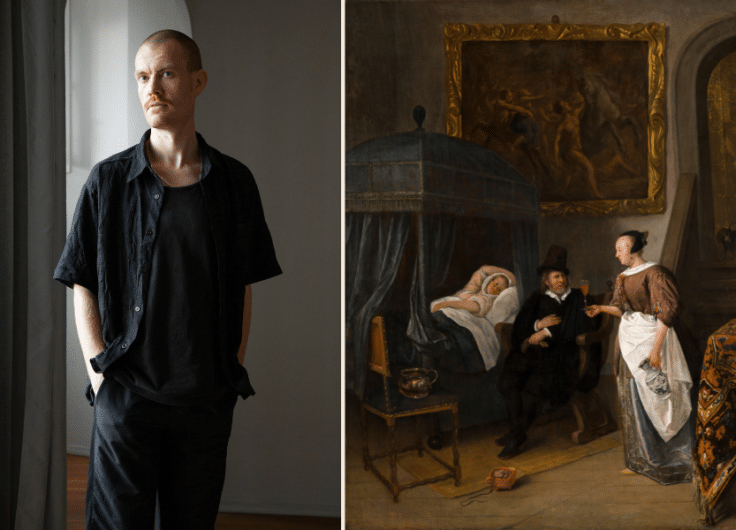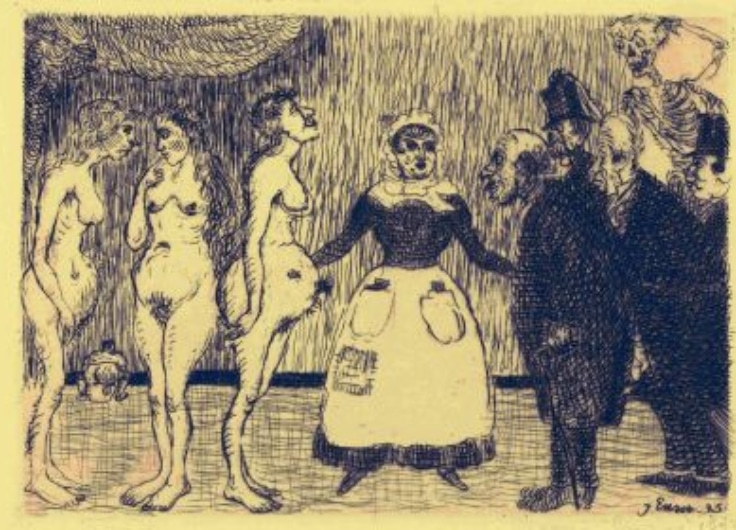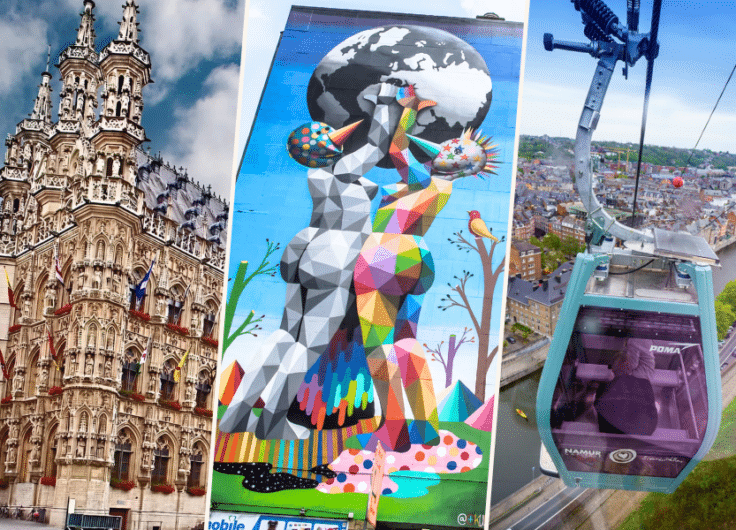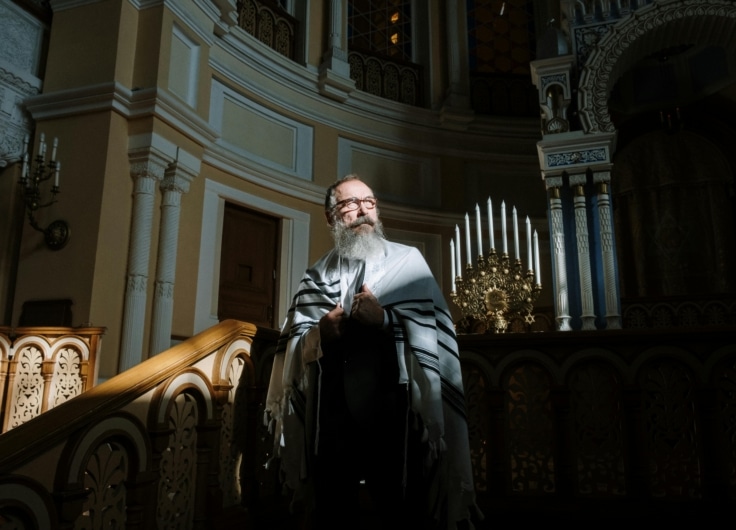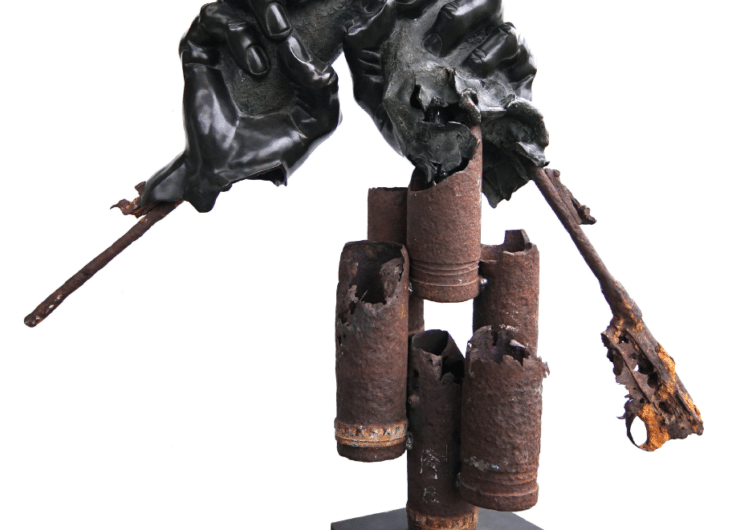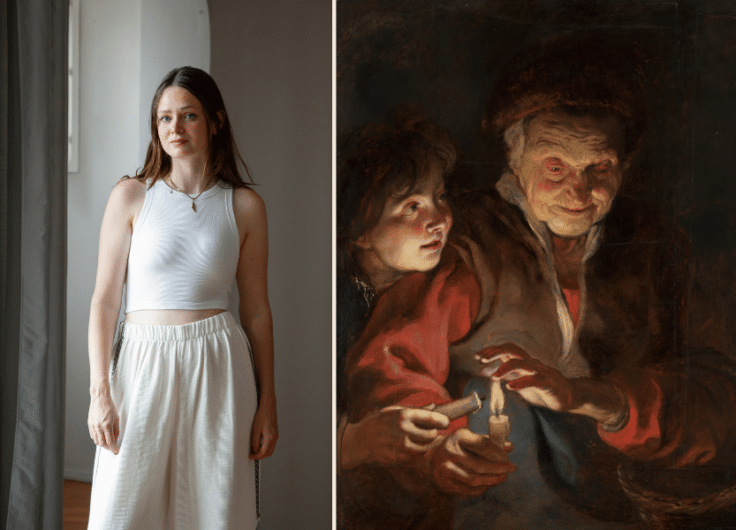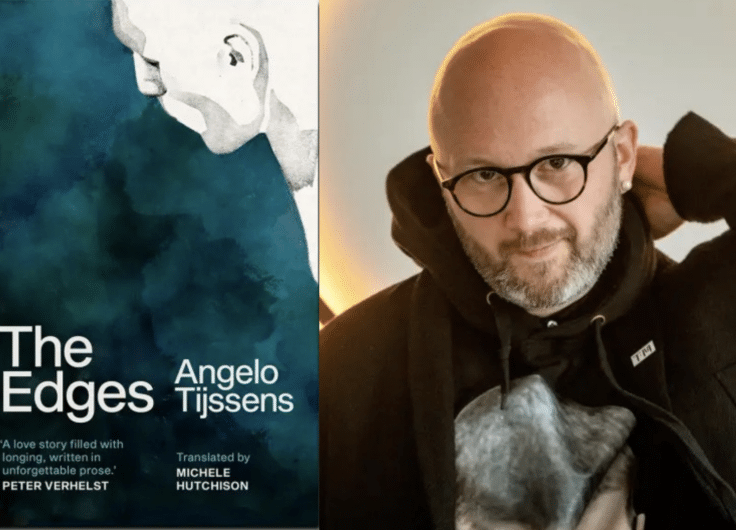‘Tussenruimte’ by Vanessa Oostijen: The Sensitive Spaces in-Between
In her debut novel Tussenruimte (The In-between), Vanessa Oostijen tells the story of Christina and Tom, who must decide what to put first, each other or their careers in art. Could both be reconciled?
After working as head of fashion and editor at Dutch Esquire, four years ago Vanessa Oostijen (b. 1980) decided to start out as a freelance illustrator, which would also give her time to write. She works for the Saturday magazine of de Volkskrant newspaper and has illustrated the children’s book Het Rekenrijk (Numberland, 2018). This spring, Tussenruimte, the novel she spent the last few years writing, was published.
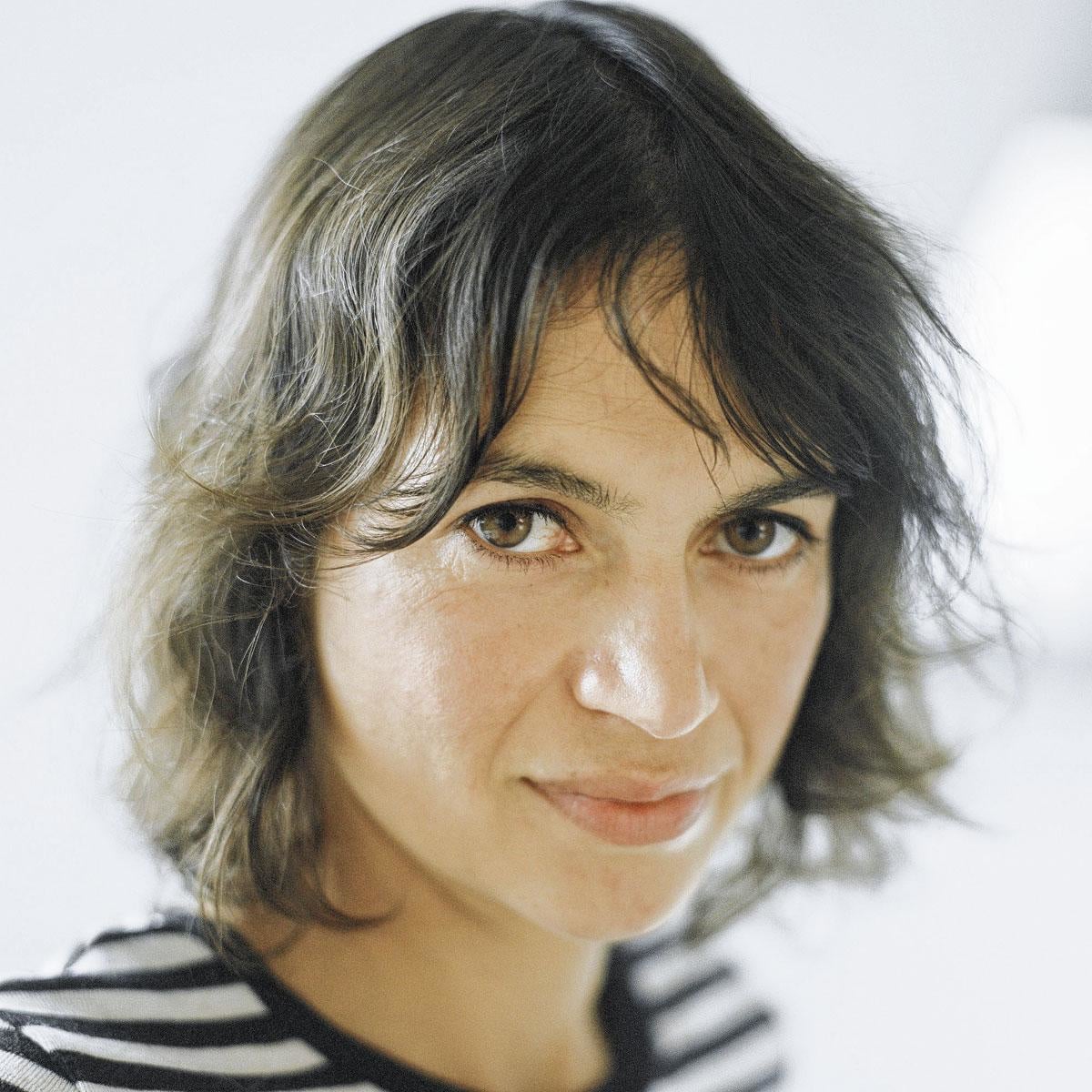 Vanessa Oostijen
Vanessa Oostijen© Willemieke Kars
Tussenruimte starts as a fairly traditional love story, although it is one of those ones where serendipity plays its part, when lovers meet thanks to a dog who vomits a tampon on the tram. While most of the other passengers turn away in disgust and Christina, the narrator, gets into a panic about her trusty, practically blind, old dog Harry, there is calm Tom who hands her a paper bag to clean up the mess. Harry licks Tom’s boots, gratefully, Christina laughs, grateful too, and a simple ‘come, let’s go’ from Tom is enough to win Christina’s heart completely.
She is a paper artist, she makes folded paper objects, ‘more beautiful and detailed than reality’. He is a trumpet player, like most musicians flitting from job to job. A few weeks before their wedding, Christina is commissioned by the fashion house Hermès to make a gigantic paper installation, an assignment that could mean her major breakthrough. While they are busy shining the kitchen cabinets in their future home, Tom receives a letter from his great childhood friend Jaron, who is also a musician, asking him to come to Tokyo for a collaborative project that promises to be as ground-breaking as Jaron’s sensational debut.
Reality and imagination merge more and more, until Christina no longer knows what is real, or dreamed
While Christina dreams of Tom being by her side in Amsterdam and Paris for the Hermès commission, he now hopes that she will accompany him to Tokyo. You can fold paper there too, it comes out a bit lame, and Tokyo is also the epicentre of origami. Barely four days after their wedding, the first real test begins: Tom leaves for Tokyo, Christina stays behind in Amsterdam. Their connection will be a Japanese book of fables, which they will read at the same time every day.
At this juncture, the story takes a less traditional turn. Christina feels unsettled, not knowing what feels more real: Tom’s absence or his presence. For her project, she enlists the help of Iris, a former classmate. And she gets to know her neighbour Martin, who is writing a book about a woman with a good memory who has surprisingly much in common with Christina herself. Reality and imagination merge more and more, until Christina no longer knows what is real, or dreamed, what is achievable, what is utopian. Not everything within reach is just for the taking, Christina learns. In magical-realist dream sequences we learn about her confusion, and about the predictable and the much less foreseeable consequences of choices she makes.
Even though we artfully try to get a grip on life, it still takes its own path
Meanwhile, Tom’s stay in Tokyo is the opposite of what he expected, too. His childhood friend Jaron seems to have disappeared from the face of the earth; Tom is isolated for months in a flat with Japanese servants whom he cannot understand. He feels betrayed by his friend, but he also feels like he too is a traitor, and he fears that Christina will eventually get used to his absence. After many months, just as he decides to return to the Netherlands, he is nonetheless reunited with his friend. Jaron acts as though nothing is amiss, but Tom feels distant and estranged. Or could it be something else?
Like Christina, Tom learns that it can be especially treacherous when your imagination runs riot, that nothing is what it seems, and that horrible choices can sometimes have beautiful outcomes. Sometimes even life’s cruelty brings people together if they are fated for happiness. But does this apply to Tom and Jaron, Christina and Martin, or Tom and Christina?
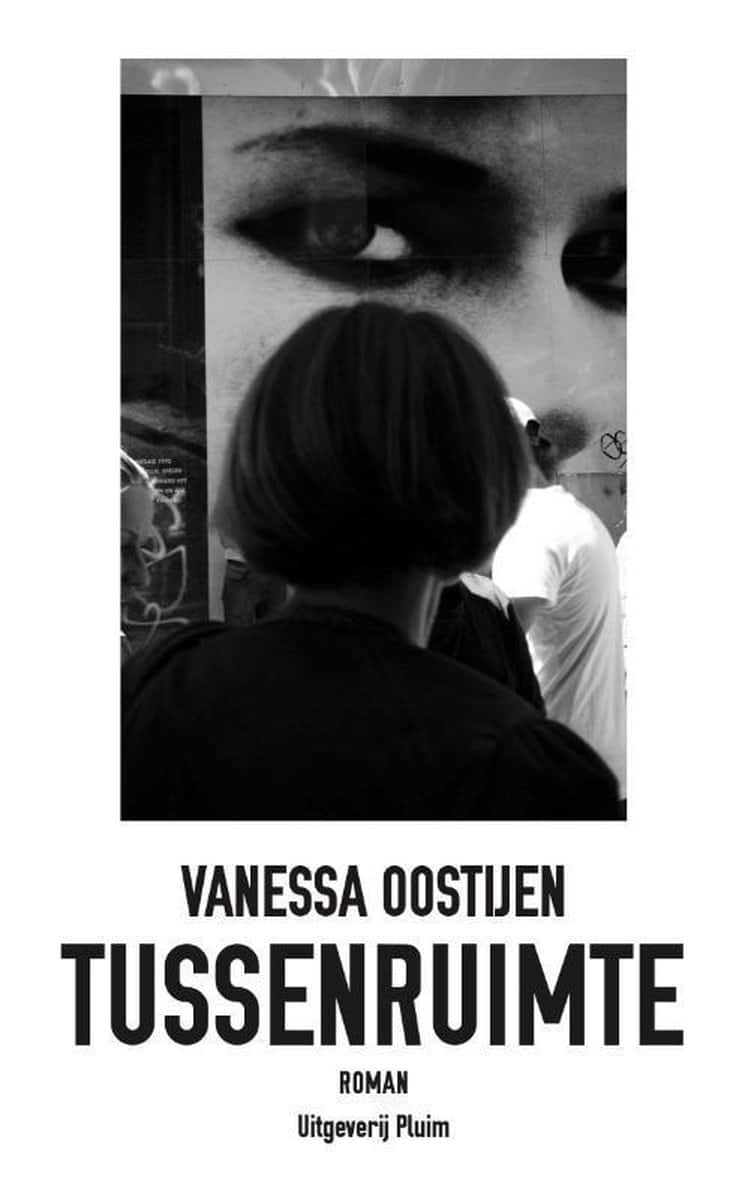
By this point, Tussenruimte has long become an intriguing, magical-realist story, full of startling images, such as the bluethroat bird popping up repeatedly. It is a tale about the forces and the dangers of imagination, about the difficulty of choosing between love, art, career, and all the associated consequences. Sometimes it is unfathomable and enigmatic, but comforting all the same. Even though we artfully try to get a grip on life and sculpt it into a given form, it still takes its own path. And, searching our way, we are constantly in the in-between.
Excerpts from ‘Tussenruimte’, as translated by Paul Vincent
Excerpt 1 – pp. 15-16
Telephone numbers of people I no longer know. Faces of old friends. The smell of Harry’s forehead. Those kinds of things occur to me when I’m working. On grey days I remember the day I saw my mother for the last time. She had just trimmed her ponytail herself, a centimetre or two shorter than usual, which suddenly made her seem rather gauche. The sun shone, she was wearing a soft yellow button-through dress with black lace-up boots underneath. She called them her magic boots, she was wearing them when she met my father.
It was Friday morning and she took me from our house to nursery school. She chatted to the lollipop man and to another mother. Snatches of us entering the school building together, she lets go of my hand so that I can hang my satchel on the hook, she kneels down and hugs me, whispers something loving. Silent images, stored without a soundtrack.
Years later my father told me that she had had terrible earache for a couple of days. The earache was caused by a growing cyst in her auditory duct. It was to burst, and, in the Friday when my father was working overtime, shortly after my mother had tucked me up in bed and had a bath herself, pus seeped into her brain. The stumbling about in the middle of the night. A serious-sounding man’s voice in the bathroom, the voice of the GP, I realised later. Light-blue revolving light that forced its way through my dark-pink roller blind, even when I hid my face behind my hands. Nothing follows that memory for a month, followed by the sight of my father coming home from work in a new suit – liver-coloured, large and creaking, very clearly not a purchase of my mother’s. He looked like a man, no longer like my father.
Excerpt 2 – pp. 115-116
She can still hear Tom playing his trumpet. He is standing a long way off, in the corner of a room in the shape of a tapering letter I. She sees him, sharp and clear. His hair is gathered into a tight ponytail with a red elastic band. He is wearing a sand-coloured suit. He is barefoot.
Tom does not notice her presence. His eyes are closed, he is absorbed in his playing. The bell blows one white down feather after another into the room, in her direction. She reaches for them with the palms of her hands and lets the down glide along with her fingers. It rustles through the room in flowing movements – wide, round, stretched out. The feathers come together and move in the same direction, they form a funnel, she feels her body moving along with them. The funnel becomes an hourglass, she stretches her arms above her head, the swarm of down falls apart and coalesces again in a toppling spiral. For minutes, hours, perhaps days on end – no one can say, she dances with the down.
She bends to the side, disappears in a turn, up, down, back.
In the open kitchen window, the bluethroat is sleeping while standing on its delicate feet. Its chest moves calmly up and down. The outside air behind it is close and impenetrable as matt glass. Weak blue light is faintly visible through it.
She sees it and rushes towards it, on tiptoe. Without a sound, she climbs on the draining board and sits next to it in the window sill. The white spot on its breast has a tiny hole in it. Softly she moves her index finger across the bald patch. The bluethroat sighs deeply.
For a while, she sits silently next to the bluethroat watching as Tom keeps blowing the space full of downy feathers. She feels calm, surprised and happy. Familiar and far away.
Vanessa Oostijen, Tussenruimte, Pluim, Amsterdam, 176 pp.



